The Industrial Internet of Things (IIoT) is transforming industries by integrating advanced technologies into manufacturing and operational processes, with studies suggesting that IIoT could create $15 trillion in value by 2030 (McKinsey & Company). This article breaks down the definition and core components of IIoT, including sensors, actuators, and data analytics. You’ll discover the key differences between إنترنت الأشياء and IIoT, as well as the architecture and تواصل protocols that form the backbone of IIoT systems, such as MQTT and OPC UA. We will analyze the manifold benefits, including predictive maintenance and enhanced safety measures, while addressing the security challenges that arise in IIoT environments and strategies for mitigation.
النقاط الرئيسية
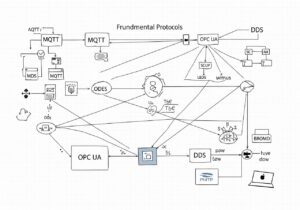
- IIoT enhances traditional تصنيع through connectivity.
- Predictions enable proactive maintenance and reduce downtime.
- Key protocols include MQTT, OPC UA, and DDS.
- Integration with AI and 5G revolutionizes operations.
- Security requires layered strategies to mitigate risks.
- Applications span across industries, enhancing efficiency and safety.
Definition and Core Components of IIoT
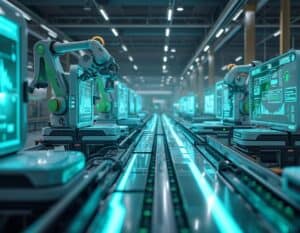
Industrial Internet of Things (IIoT) refers to the integration of smart sensors, devices, and machinery into industrial processes, enabling real-time data exchange and communication among equipment. It involves a network of connected devices that gather, monitor, and analyze data to optimize performance and increase efficiency. IIoT plays a big role in creating “smart factories,” where machinery communicates autonomously to streamline operations, enhance productivity, and reduce downtime significantly.
Core components of IIoT include advanced sensors, actuators, and connectivity solutions that facilitate data collection and transmission. These components operate on a variety of communication protocols such as MQTT, CoAP, and HTTP, allowing seamless inter-device communication. Additionally, gateway devices process raw data from sensors before transmission.
Fact: in industries like energy, IIoT has been shown to improve operational efficiency by as much as 25%.
Key Differences Between IoT and IIoT
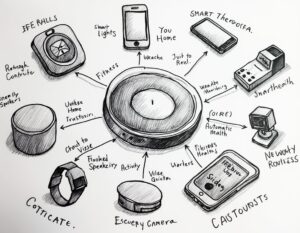
The Internet of Things (IoT) primarily focuses on connecting consumer devices, such as smart thermostats, wearables, and smart home gadgets. These devices are generally utilized to enhance user convenience and efficiency in daily activities. The Industrial Internet of Things (IIoT), on the other hand, centers around industrial applications, such as manufacturing machines and supply chain logistics, aiming to optimize operational performance, improve safety, and increase reliability in industrial settings.
Another differentiating factor lies in the scale and complexity of the systems involved. IoT solutions often address smaller networks of devices, which require straightforward integration and user interfaces. In contrast, IIoT involves large-scale systems within an industrial framework. These systems require advanced integration capabilities to manage complex data flows, interoperability among legacy machines, and seamless communication between various stakeholders, including suppliers, manufacturers, and service providers.
Security requirements differ significantly between the two domains:
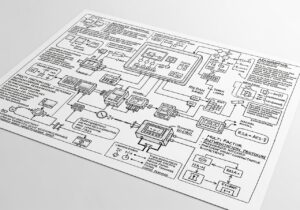
- consumer IoT may prioritize تجربة المستخدم and convenience,
- IIoT has heightened security needs due to the potential consequences of cyberattacks on critical infrastructure. Hackers gaining access to an industrial control system could disrupt operations or cause physical harm. Consequently, IIoT systems often implement stringent security protocols, including advanced التشفير methods and multi-factor authentication, to safeguard sensitive data against unauthorized access.
IIoT systems are also designed for high reliability and availability, which can often be overlooked with consumer-oriented IoT devices. Industrial applications typically require continuous operation, and therefore, IIoT solutions are engineered to minimize downtime through predictive maintenance and immediate fault detection.
Implementing predictive maintenance in industrial settings can reduce maintenance costs by 25% to 30% while increasing equipment availability by up to 20%.
In terms of data management, IIoT emphasizes the use of big data analytics, enabling organizations to sift through vast amounts of sensor data to gain actionable insights. Consumer IoT, while still data-driven, may depend on simpler analytics.
| Concept | IoT (Internet of Things) | IIoT (Industrial Internet of Things) |
|---|---|---|
| ركز | Connecting consumer devices (e.g., smart thermostats, wearables) | Industrial applications (e.g., manufacturing machines, supply chain logistics) |
| Primary Goals | Enhance user convenience and efficiency | Optimize operational performance, improve safety, increase reliability |
| Scale and Complexity | Smaller networks of devices, straightforward integration | Large-scale systems, advanced integration capabilities |
| Data Management | Simpler analytics | Big data analytics for actionable insights |
| Security Requirements | Prioritizes user experience and convenience | Heightened security needs with stringent protocols (e.g., encryption, multi-factor authentication) |
| Reliability and Availability | Less emphasis on continuous operation | Designed for high reliability and continuous operation, predictive maintenance |
| Productivity Impact | Not specifically mentioned | Can boost productivity levels by up to 30% |
| Cost Management | Not specifically mentioned | Predictive maintenance can reduce maintenance costs by 25% to 30% |
IIoT Architecture and Communication Protocols
The architecture of the Industrial Internet of Things (IIoT) can be broadly categorized into several layers, including the Edge Layer, Communication Layer, and Cloud Layer. In the Edge Layer, devices such as sensors and actuators collect data directly from manufacturing equipment or operational environments.
These devices may operate using low-power التقنيات like LoRaWAN or Zigbee. The Communication Layer facilitates data transmission between the edge devices and the cloud or on-premise servers, primarily through protocols such as MQTT, CoAP, and HTTP. This layered approach allows for effective data management and scaling as system requirements evolve.
| IoT (Internet of Things) | IIoT (Industrial Internet of Things) | |
|---|---|---|
| Data Volume | Typically lower data volume, focusing on individual consumer devices. | High data volume, involving numerous sensors and devices within industrial environments. |
| Protocols | HTTP, MQTT, CoAP, WebSocket. | OPC UA, MQTT, DDS, Profinet. |
Data generated in IIoT environments can be voluminous and complex. Utilizing protocols like OPC UA (Open Platform Communications Unified Architecture) enables interoperability among industrial systems. OPC UA allows devices from various manufacturers to communicate seamlessly, enhancing operational efficiency.
| Protocol | Use Case | المزايا |
|---|---|---|
| MQTT | Messaging for low-bandwidth devices | Lightweight, efficient |
| OPC UA | Device interoperability | Standardized, secure |
| HTTP | Web services | Widespread compatibility |
نصيحة: Implementing a hybrid architecture combining edge and cloud computing can significantly enhance both data processing speed and system resilience.
Benefits and Impact of IIoT on Industries

The integration of the Industrial Internet of Things (IIoT) into various industries has قاد to significant improvements in operational efficiency and productivity. By connecting machines and devices, manufacturers experience enhanced real-time monitoring and analytics, which result in better decision-making. This reduction directly correlates with increased production capacity and reduced operational costs, showing a clear pathway toward a more streamlined manufacturing process.
IIoT enhances asset management by enabling predictive maintenance strategies. Companies can track equipment performance and predict failures before they occur, thus minimizing unexpected downtime. A report by McKinsey highlighted that predictive maintenance can reduce maintenance...
You have read 50% of the article. The rest is for our community. Already a member? تسجيل الدخول
(وأيضًا لحماية المحتوى الأصلي لدينا من روبوتات الكشط)
مجتمع الابتكار العالمي
تسجيل الدخول أو التسجيل (100% مجاناً)
اطلع على بقية هذه المقالة وجميع المحتويات والأدوات الخاصة بالأعضاء فقط.
فقط المهندسون والمصنعون والمصممون والمسوقون الحقيقيون المحترفون.
لا روبوت، ولا كاره، ولا مرسل رسائل غير مرغوب فيها.
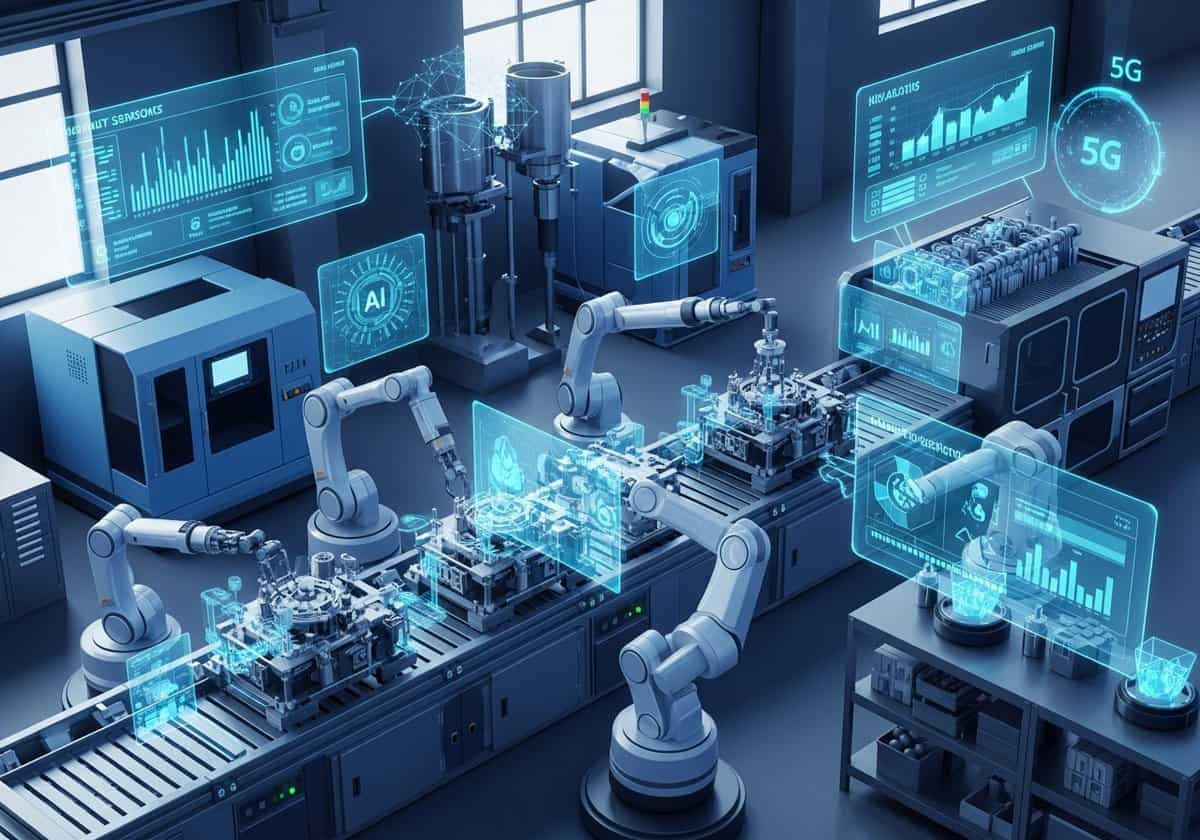


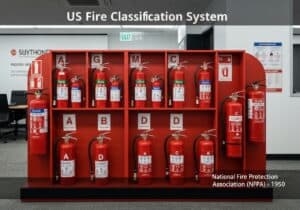
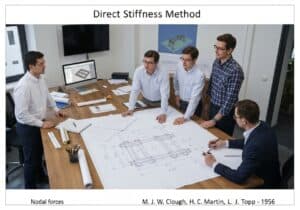




























It might actually be making us too reliant on tech